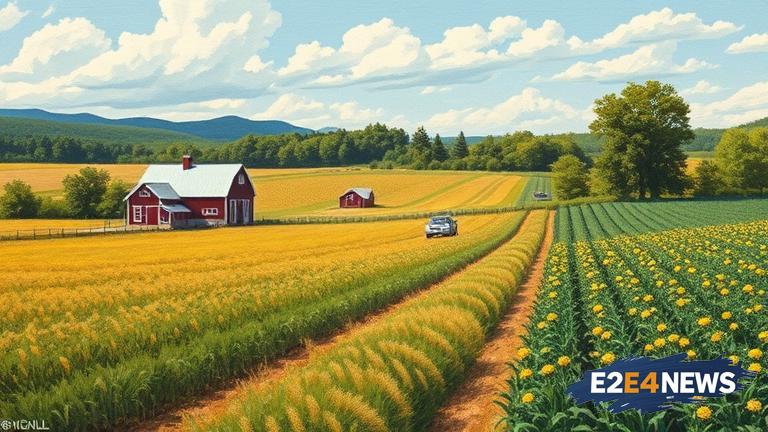Vermont farmers are facing significant challenges due to the inadequacies of the current crop insurance system. Many farmers have reported that the payouts they receive are not sufficient to cover their losses, leaving them with significant financial burdens. The crop insurance program is designed to provide financial protection to farmers in the event of crop failure or damage, but it appears to be falling short of its intended purpose. Farmers in Vermont are particularly vulnerable due to the state’s unpredictable weather patterns and short growing season. Despite the risks, many farmers are forced to rely on crop insurance as a necessary tool to manage their risk. However, the high premiums and low payouts are making it difficult for farmers to stay afloat. Some farmers have reported that the payouts they receive are only a fraction of their actual losses, leaving them with significant out-of-pocket expenses. The issue is further complicated by the fact that crop insurance is often tied to specific crops, making it difficult for farmers who grow multiple crops to receive adequate coverage. Additionally, the process of filing a claim and receiving a payout can be lengthy and bureaucratic, leaving farmers without the financial support they need in a timely manner. The Vermont Agency of Agriculture, Food and Markets has acknowledged the concerns of farmers and is working to address the issue. However, a solution has yet to be found, and farmers continue to struggle with the inadequacies of the crop insurance system. The issue is not unique to Vermont, as farmers across the country are facing similar challenges. The USDA has reported that crop insurance payouts have been declining in recent years, despite an increase in premiums. This has led to calls for reform and a re-examination of the crop insurance program. Farmers and advocacy groups are pushing for changes to the program, including increased funding and more flexible coverage options. In the meantime, farmers in Vermont and elsewhere will continue to struggle with the high risks and low payouts of the current crop insurance system. The long-term sustainability of farming in Vermont and other rural areas is at risk if a solution is not found. Furthermore, the impact of inadequate crop insurance is not limited to farmers, as it can also have a ripple effect on the local economy and food system. As the situation continues to unfold, it remains to be seen whether a solution can be found to address the concerns of Vermont farmers and ensure the long-term viability of farming in the state.
